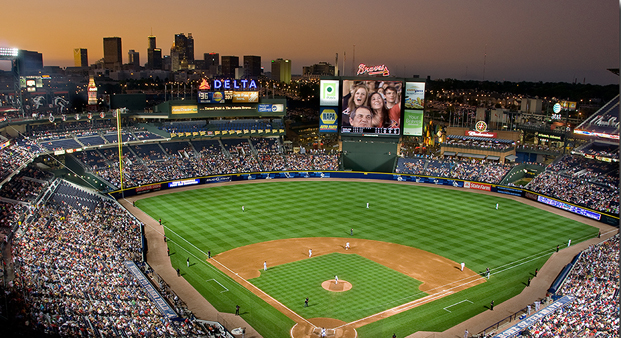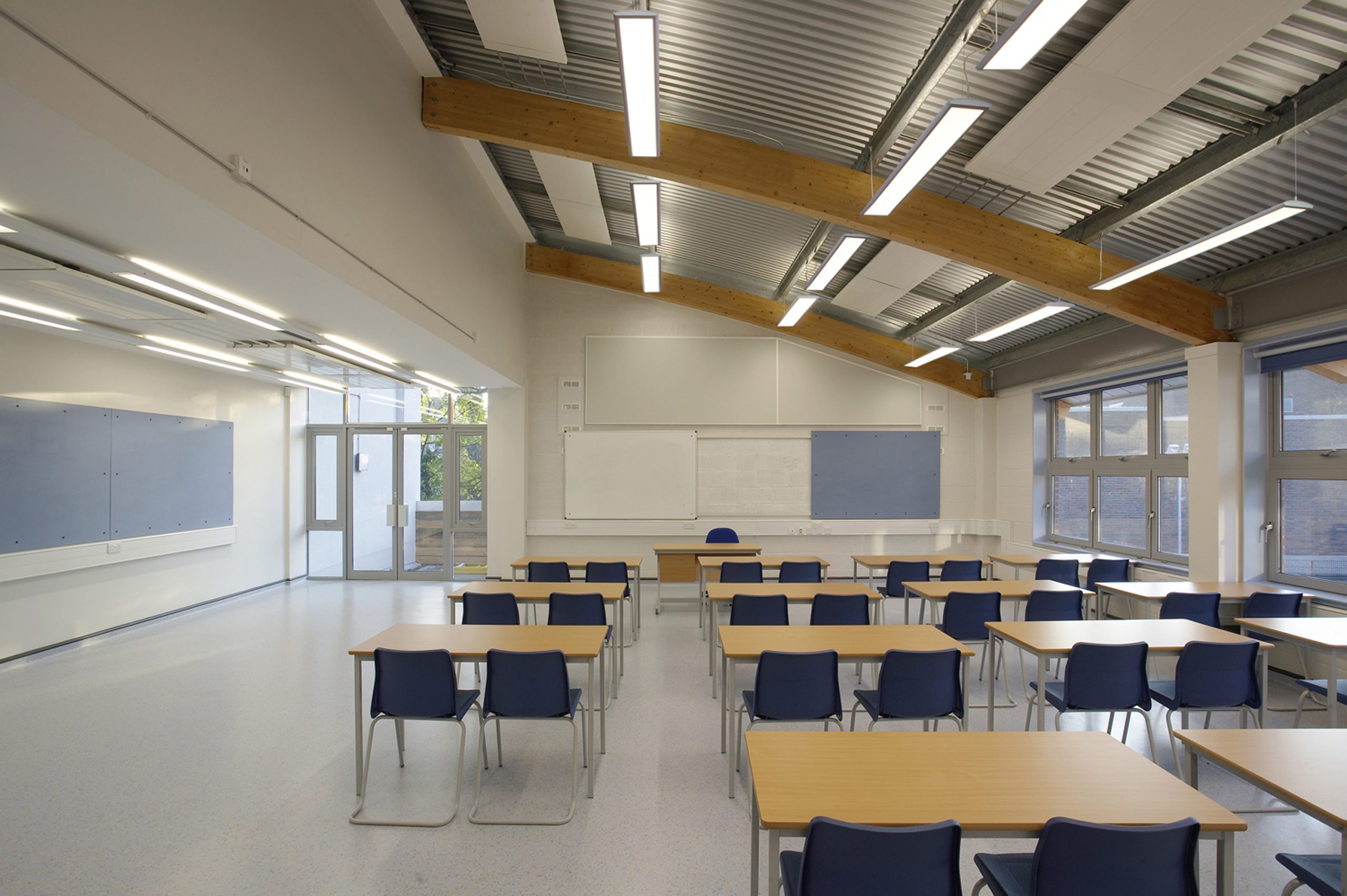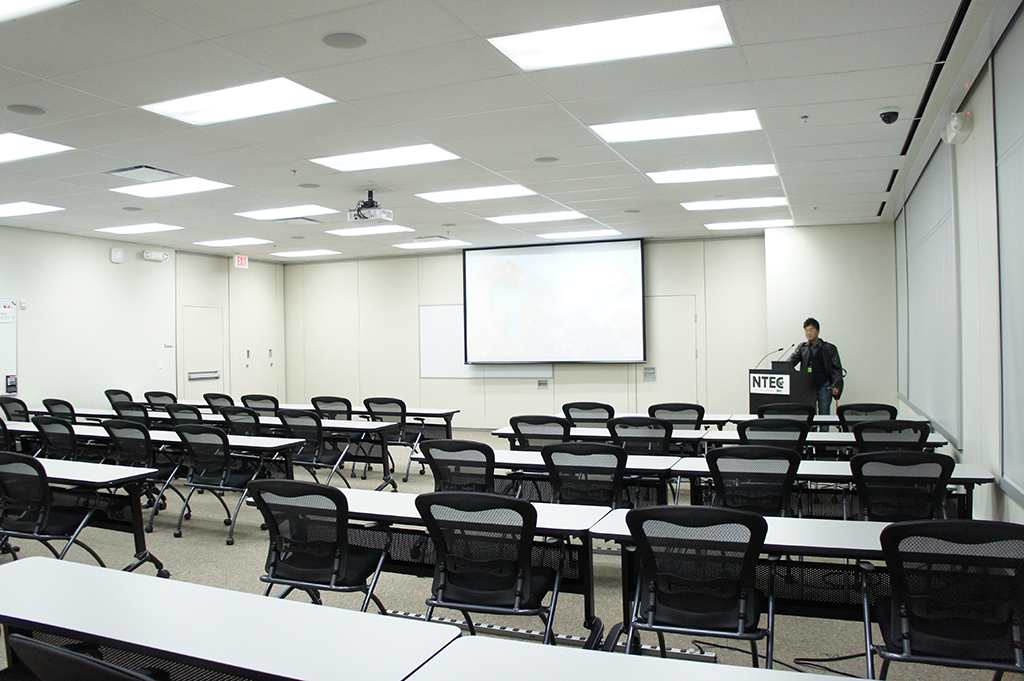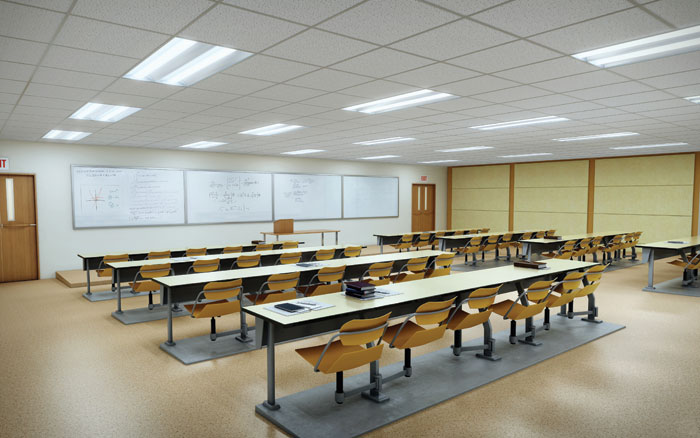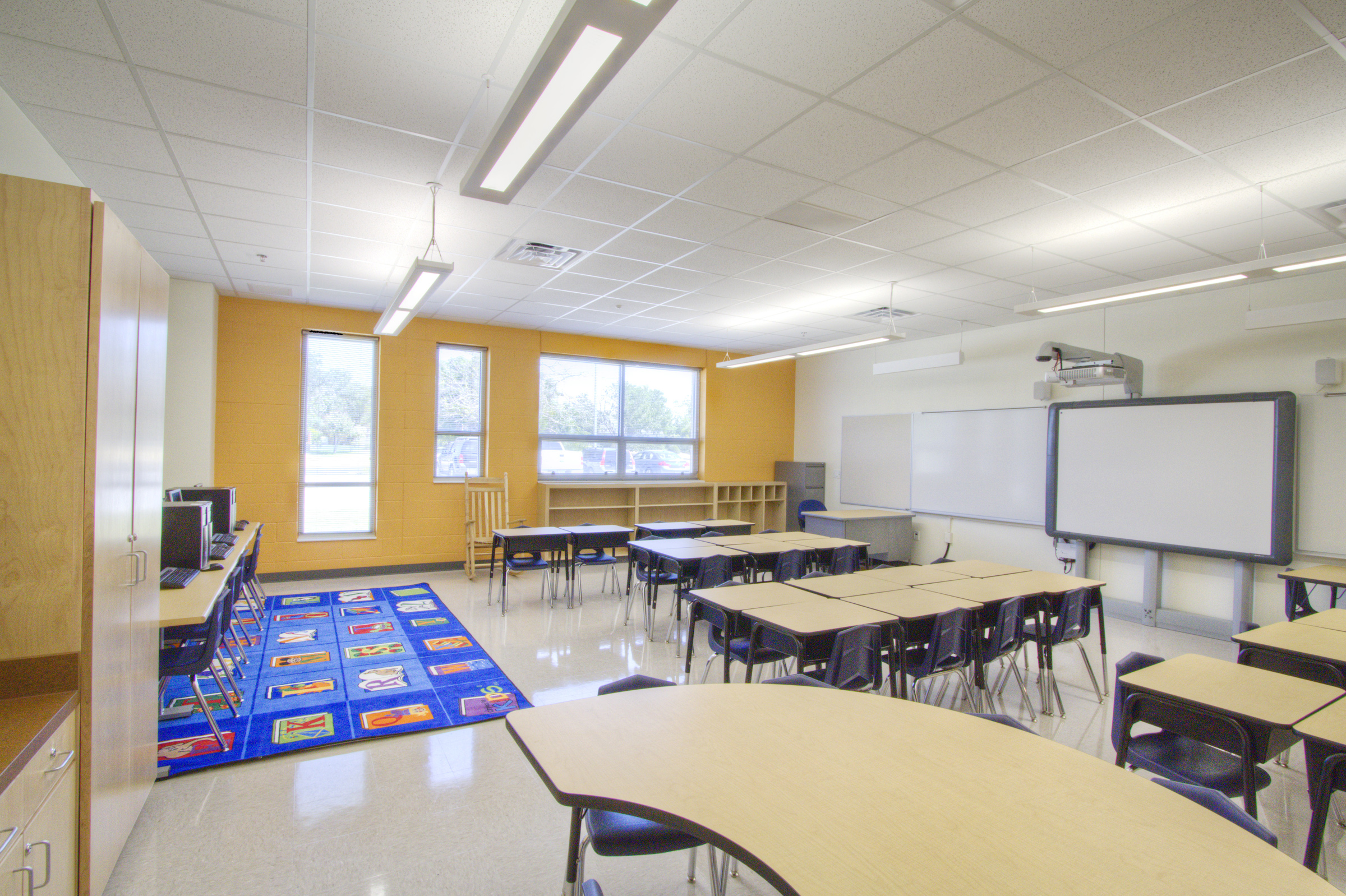Metal halide lights have been the standard lighting in the sports world since the 1960’s. Now, however, sports teams are switching to LED Lighting to illuminate their sports venues.
As the cost of LED lights moves lower compared to halogen lights, the choice to use LED’s becomes more straightforward. Besides consuming 54% less electricity, the LED light runs much cooler than the halogen. The LED comes without any annoying hums, nor that troublesome element, mercury.
Since stadium and area management require high quality lighting, LED lighting had not captured their attention until recently. However, innovations in LED lighting and the television set (HDTV), is successfully addressing light quality concerns. Furthermore, as of this year, the LED cost premium has just about disappeared.
For universities and professional sports, the installation of led lighting brings extra benefits. The longer life of led lights, (3x as long) and less need for maintenance will lead to more cost savings.
The conversion to LED lighting is occurring across a range of sport arenas:
Boston University’s tennis and track center converted to LED lighting as part of its sustainability mission and for financial reasons. Despite the increase in the amount of light, they will save enough electricity to power 70 homes for a year. Lighting in the seven zones of the facility is controlled remotely, communication is wireless and the unnecessary lighting is eliminated.
Outdoor tennis courts with focused led lighting can eliminate complaints of light pollution by neighbors.
At NRG Stadium, home of the Houston Texans and University of Phoenix Cardinals football teams, LEDs were installed prior to this year’s football season.
In addition to enhancing the light quality for the fans attending the games, the broadcasting crew from Fox Broadcasting termed it the best of the stadium’s they have experienced. One further plus -there should be no interruption in February’s Super Bowl game caused by a lighting outage.
At the Staples Center in LA, LED lighting installed this summer will shine on the games played by NBA Clippers and Lakers, the WNBA Galaxy and the NHL Kings. Housing these basketball and hockey games will cost $280,000 less per year.
At the Syracuse War Memorial Arena built in 1951 and home to the AHL Crunch, the switch to LED lighting has increased the amount of light hitting the ice arena to 217 foot -candles (previously 105) and saved the venue $40,000 annually.
As well as reducing energy demand by 85%, the Crunch have benefited from the versatility of the lights. They can be programmed to highlight players and provide special effects such as changing color of the lighting to match the players’ uniforms.
And, let’s not leave out the most popular sport in the world. Chelsea’s Stamford Bridge soccer stadium redid their lighting system this August in order to comply with the new lighting standards of the English Premier League. Their LED floodlights improved visibility for all participants – referees, players, in-house fans and those sitting at home watching on TV. The lighting reduced the flicker that was experienced when watching replays on HD TVs.

